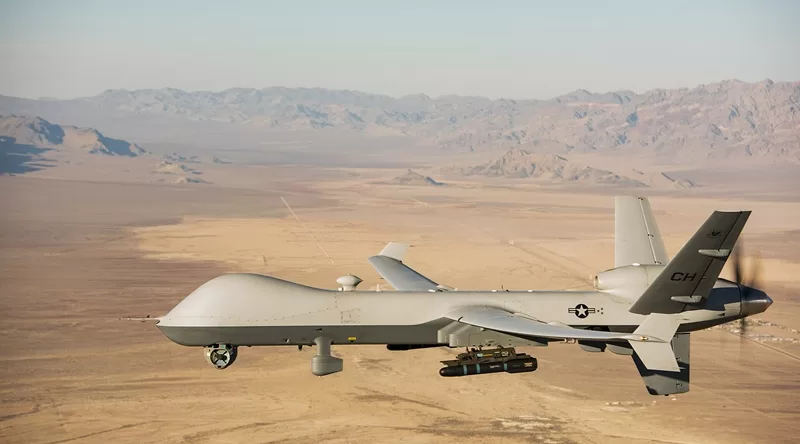As Donald Trump’s 2024 presidential campaign frequently championed the end of America’s “forever wars,” criticizing the vast expenditure of resources and lives in protracted global conflicts, a stark contradiction has emerged in the Horn of Africa. Here, U.S. military engagement has paradoxically intensified under his second administration. Experts caution that this surge in drone strikes may undermine long-term peacebuilding efforts, underscoring the urgent need for investment in sustainable stability.
Just ten days into his second term, on February 1, President Trump announced his administration’s first overseas military action: airstrikes targeting senior ISIL (ISIS) leadership in Somalia. “These killers, who we found hiding in caves, threatened the United States,” his post on X declared. This initial move signaled a trend that would see U.S. strikes in Somalia more than double since the previous year, according to data from U.S. Africa Command (AFRICOM).
AFRICOM, which oversees U.S. military operations across the continent, recorded at least 43 airstrikes in Somalia in 2025 alone, as meticulously tracked by the New America think tank using AFRICOM’s own data. These operations, consistently coordinated with Somalia’s federal government, primarily targeted IS-Somalia – an ISIL affiliate operating in the northeast Puntland state – while the remainder focused on al-Shabab.
U.S. officials link this recent surge to escalating concerns that IS-Somalia is transforming into a critical hub for regional and global ISIL affiliates, particularly regarding financing and attack coordination. Concurrently, security analysts point to recent unsettling gains made by al-Shabab within Somalia, adding another layer of complexity to the security landscape.
This raises a critical question: Why is an administration advocating to “Make America Great Again” deepening its involvement in a conflict where decades of U.S. policy in Somalia have been marked by widespread controversy, disaster, and undeniable failure?
American Intervention in Somalia: A Failure Since the Start?
The history of American intervention in Somalia has been fraught with challenges. Abukar Arman, a Somali analyst and former special envoy to the U.S., notes that following the catastrophic 1993 “Black Hawk Down” intervention – which resulted in the deaths of 18 U.S. troops and thousands of Somali civilians – Somalia was long considered a “no-go zone” for the U.S.
This stance drastically shifted after 9/11, when Somalia became a central arena in the so-called “global war on terror” (GWOT). Arman argues that this enduring engagement serves a “political facade” with three underlying objectives: “It justifies US sustained lethal drone attacks in the public psyche; it enables the US to guard its geopolitical interests in the Horn of Africa; [and] it enables American predatory capitalists to engage in economic exploitation.”
Indeed, Somalia was the first African nation targeted by U.S. airstrikes in the post-9/11 era in 2007. In the decades that followed, U.S. aerial bombardment of the country has not only persisted but intensified, leading to a renewed debate about the effectiveness and ultimate goals of sustained military action in the region.



